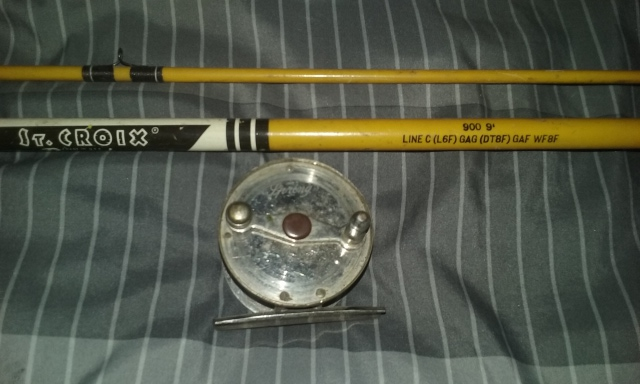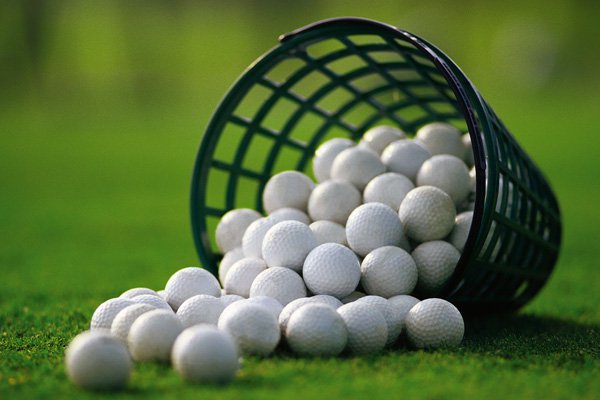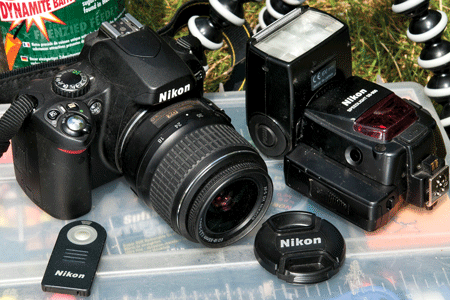Rugby Union - Winger
Question
Hi my name is Dao!
I am a College student and I would like to find out the following questions that is specifically for the "Winger" position for Rugby.
1. What energy system is used and why?
2. What fitness components are used and how it is used?
3. What are the specific fitness tests and how is it related to the winger's role?
Thank for your help with my questions :)
Dao LIM
Answer
Dao,
I am also a university student at this time, working on my master抯 degree, This is paper抯 due week (of which I have two) and starts the Term End exam period so I apologize if the response is not as coherent or concise as you need.
1. What energy system is used and why/What fitness components are used and how it is used?
Rugby is an intermittent sprint sport: in the course of a match, players will alternate between fast running/sprinting, walking, jogging and standing. This is in addition to non-running activities, such as rucking, mauling and scrums.
Anaerobic:
-5-10 sec sprint, (although your average wing effort will be 11 sprints of around 5.2 seconds)
-short bursts of other heavy intensity (rucking/mauling/tackling/running/scrums) action)
-Generally, outside of sprinting, wings have the lowest level of high intensity action of any of the players in front of him.
-source of energy: ATP <Adenosine Triphosphate>(combination of ADP <Adenosine Diphosphate>and PC <phosphocreatine>).
ATP (primarily from the PC) can only provide energy for 10 secs.
-longer runs (> 10 sec)
-longer rucks/mauls (> 10 secs)
-short recovery times (20 to 40 secs)
-source of energy: glycolytic (essentially breaking down of carbohydrates in the muscle cells)
Aerobic: 60 minutes of low intensity (standing still, walking, jogging, side and backwards stepping) play
When the recovery time is > 60 secs (average wing recovery time is almost two minutes), PC will be replenished during this time phase
Most of the above came from:
http://www.brianmac.demon.co.uk/rugby/trainingneeds.htm
What are the specific fitness tests and how is it related to the winger's role?
A standard and relatively easy test is the beep test which determines the maximum aerobic endurance of a player.
It is simply a shuttle run (you run up and down across the gym between two lines twenty meters apart)
The testing should be inside to minimize environmental factors.
The speed of the players is determined by the interval between two beeps played from a calibrated recording.
The starting speed is 5 mph (8 km/h) and each minute the speed is increased by decreasing the interval between the beeps
Participants should pivot on the line at the moment of the beep (not quicker or slower).
The test result is expressed in stages, you can score between 1/2 or 1 stage.
The player is dropped when he fails to get within 3 meters of line within the beep for two consecutive times.
Backs generally score a 12 on the beep test.
A very comprehensive test:
http://www.brianmac.demon.co.uk/rugby.htm
Additional good information on the energy systems and testing for rugby players can be found at: http://physiotherapy.curtin.edu.au/resources/educational-resources/exphys/99/rug...
What follows is the basic description of the position of wing.
Major requirements:
The wing is one of those difficult positions. It is a critical position that can win or lose a game. It is also the position most likely to be filled by a new player.
There are several things that a wing must be able to do to be successful. Since the most effective location to make the burst for the score is on the outside, it is very important for the wing to run with speed and determination with the ability to move elusively to avoid being tackled. The wing needs to position himself correctly off the ball to either attack (outside a crashing fullback) or defense (to take the place of a crashing fullback). Because of the need to remain aligned with the rest of the backline and to have the ability to sprint for distance, the wing most possess all round aerobic fitness.
By the time the ball gets to the wing, there is usually pressure from the opposing side, so the wing must be able to handle the ball confidently catching, holding under pressure, and making good passes.
The wing needs to be able to field kicks, as well as making the proper kicks for the situation (tactical- get ball beyond immediate opposition/strategic- get ball down field and to out to touch)
Essential skills:
Running:
-To run with pace and determination carrying the ball
-Possess the ability to run with the ball with control and be elusive-change pace, swerve, change step, side step, change direction
-To run with body angle slightly forward
-To run with arm in a position to fend off
Position:
-To possess knowledge and skill of positioning for defense and attack
-To alter position on the field quickly and to do it all game
-To avoid distractions and to possess the mental concentration necessary for these tasks
-To know then variations possible at scrum, lineout, 22 drop, kick off, and penalty kicks
-To know his position in various back line moves
Handling:
-To be able to catch and receive a ball correctly and at pace
-To give a pass - speed of pass, body position, length of pass, height of pass, in front of chest of receiver
-To hold the ball correctly with two hands is essential. If using one, place ball in outside arm - leaving inside field arm free to fend off the opposition.
-Know how to protect ball in maul or tackle and how and when to release it to make it available
-To stand in tackle if needed
-To throw in at the line-out if necessary
-To field any ball in air or on ground, going forward and backwards
Kicking:
-To be able to kick accurately with both feet
-To execute a variety of kicks - chip and grubber, cross or centering kick, clearing kick to space, to touch, feint and drop kicks
-To toe ball ahead and chase/retrieve under pressure
Contact:
-To tackle effectively from front, rear and side
-To fend off and to burst through tackles
-To retain possession in contact
-To position body for a drive
-To fall on ball quickly and regain feet
NOTES:
-It is the wing抯 job to score tries, and finish off play decisively.
-The wing must be hungry for the ball and look for work.
-The wing must value the positioning and repositioning work he does off the ball, which can create opportunities and deny them for the opposition - again, be hungry and look for work.
-The main task of the wing is also to prevent tries from being scored against his team.
-The wing must make the ball available when necessary.
-The wing must run with pace, skill, power, and conviction.
union or league
role of the captain


